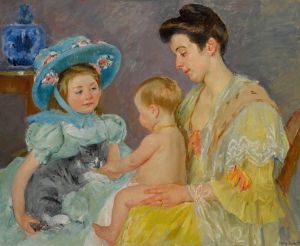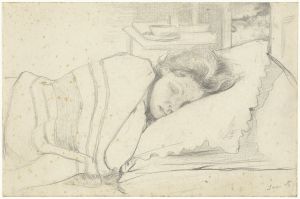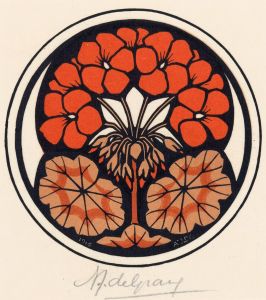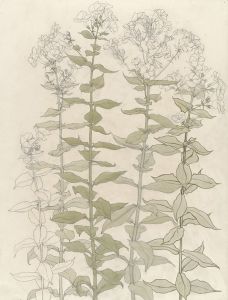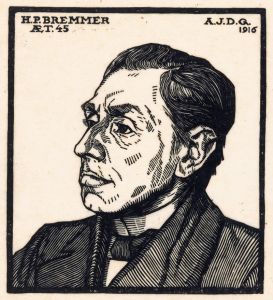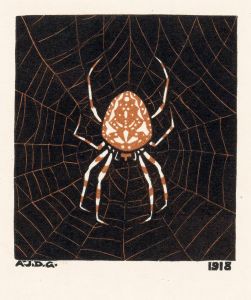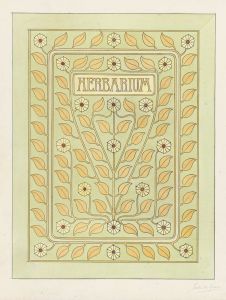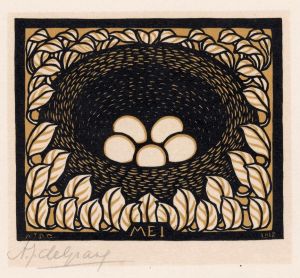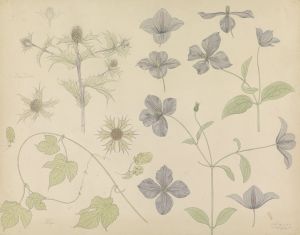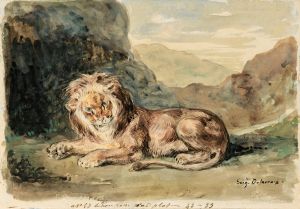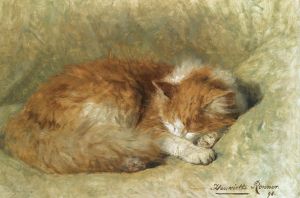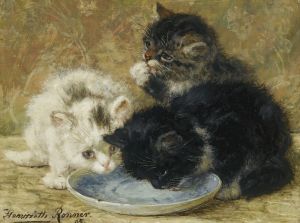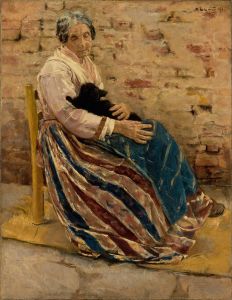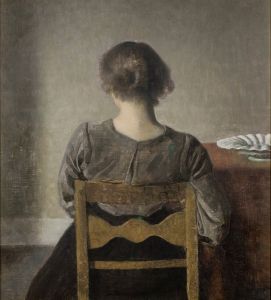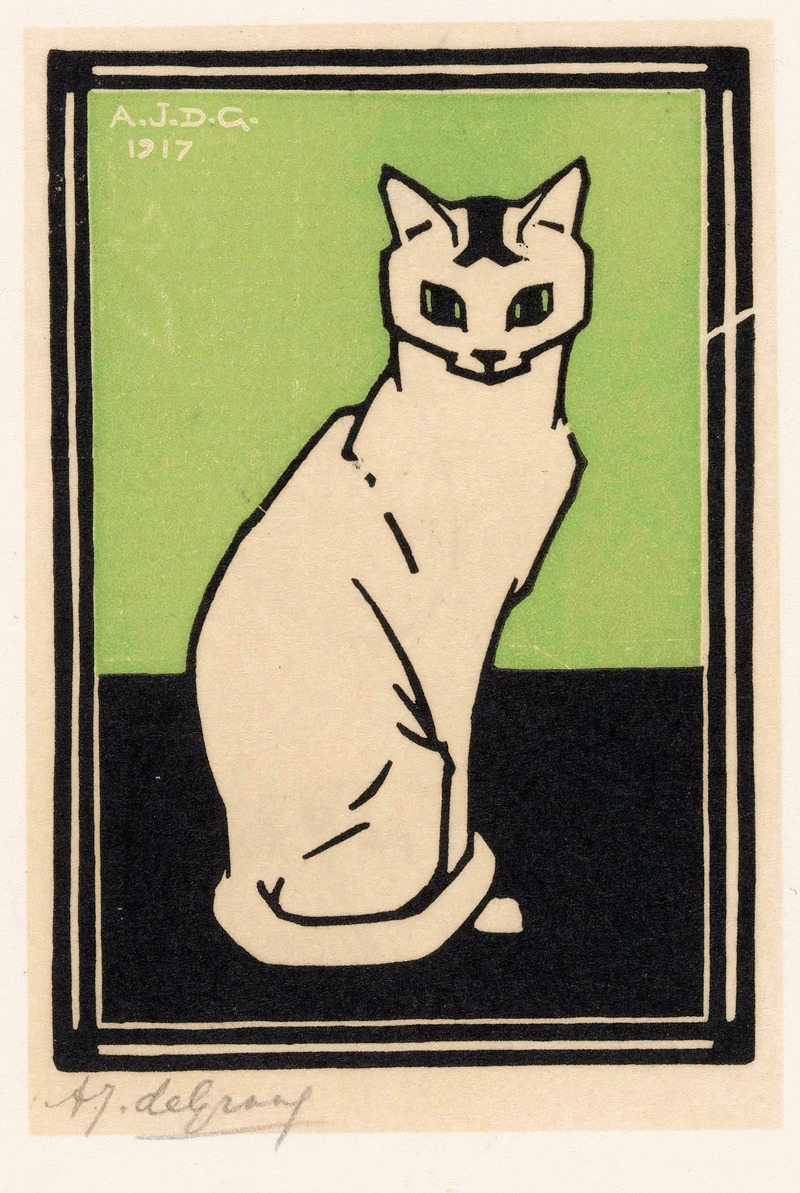
Zittende kat
A hand-painted replica of Julie de Graag’s masterpiece Zittende kat, meticulously crafted by professional artists to capture the true essence of the original. Each piece is created with museum-quality canvas and rare mineral pigments, carefully painted by experienced artists with delicate brushstrokes and rich, layered colors to perfectly recreate the texture of the original artwork. Unlike machine-printed reproductions, this hand-painted version brings the painting to life, infused with the artist’s emotions and skill in every stroke. Whether for personal collection or home decoration, it instantly elevates the artistic atmosphere of any space.
Julie de Graag (1877–1924) was a Dutch artist known for her intricate and detailed works, often featuring animals and nature. One of her notable works is "Zittende kat," which translates to "Sitting Cat." This piece exemplifies her distinctive style, characterized by precise lines and a keen attention to detail, reflecting the influence of the Art Nouveau movement and the Arts and Crafts movement, both of which emphasized craftsmanship and intricate designs.
"Zittende kat" is a fine example of de Graag's ability to capture the essence of her subjects with simplicity and elegance. The artwork depicts a cat in a seated position, rendered with meticulous line work that highlights the texture of the cat's fur and the graceful curves of its body. De Graag's use of line and form is both delicate and bold, creating a striking image that draws the viewer's attention to the serene and composed demeanor of the cat.
Julie de Graag was part of a broader movement of female artists in the late 19th and early 20th centuries who were gaining recognition for their contributions to the arts. Her work often focused on animals and nature, subjects that allowed her to explore the beauty and complexity of the natural world. De Graag's artistic approach was influenced by her education at the Royal Academy of Art in The Hague, where she honed her skills in drawing and printmaking.
The period during which de Graag created "Zittende kat" was marked by significant changes in the art world, with artists exploring new techniques and styles. De Graag's work is often associated with the Art Nouveau movement, which was characterized by its use of organic forms and flowing lines. This influence is evident in "Zittende kat," where the fluidity of the lines and the harmonious composition reflect the principles of Art Nouveau.
Despite her talent, Julie de Graag's career was relatively short-lived. She struggled with health issues and eventually withdrew from the art world. Her work, however, has continued to be appreciated for its technical skill and artistic beauty. "Zittende kat" remains a testament to her ability to capture the quiet elegance of her subjects, and it continues to be admired by art enthusiasts and collectors.
Today, Julie de Graag's works, including "Zittende kat," are held in various collections and are occasionally featured in exhibitions that celebrate the contributions of women artists to the art world. Her legacy is one of dedication to her craft and a deep appreciation for the natural world, as reflected in her detailed and thoughtful depictions of animals and nature.
In summary, "Zittende kat" by Julie de Graag is a beautiful representation of her artistic style and her ability to convey the grace and tranquility of her subjects. Her work remains an important part of the history of Dutch art and continues to inspire those who appreciate the delicate balance of line, form, and composition.





